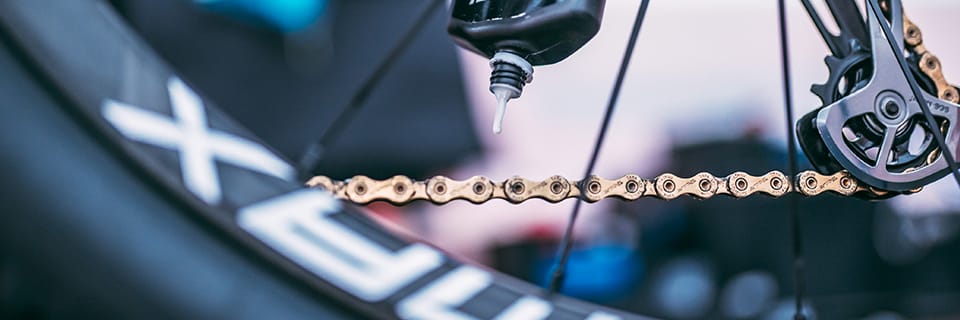You're taking advantage of the weekend to pamper your bike. Cleaned and degreased, it's ready to take on the toughest roads and climbs. Before you get on your bike, there's one last essential step: lubricating the various components.
Lubrication ensures that your equipment lasts longer, that your drivetrain and pedaling power run smoothly and efficiently, and that noise levels are reduced. The products available on the market are numerous, and it's not always easy to know which is best. Teflon or silicone? Wet or dry? Spray or pod?
Lubricant or grease? What's the difference?
The main difference between lubricant and grease Designed to keep moving parts running smoothly, protect against rust and limit wear, grease has a thicker texture and is best used for internal parts that are not exposed to external elements such as rain or mud.
Lubricants, on the other hand, are more fluid. Its main purpose is to protect surfaces from premature aging. Lubricant is reserved for chain and other external bearings, subject to external stresses. Its fluidity enables more thorough lubrication, and can enter small gaps such as derailleur screws, chain links or brake calipers.
There are several parameters to consider when choosing your lubricant:- Type of lubricant
- Type of grease
- Conditions
Lubricant types
Depending on whether you want to emphasize smoother gear changes, a chain chain, or to combat wet outdoor conditions, each lubricant will meet a particular requirement.Visit silicone lubricant provides effective protection. It is mainly used for your bike and mechanisms, for example: to maintain your frame or suspension plungers. This type of lubricant protects components from rust. It is gentle on materials and has the advantage of preventing residues from sticking to lubricated parts.
The Teflon lubricant presents very little stress and is the best choice for your chain. Its composition is similar to that of traditional oil. Its coefficient of friction is fairly low, for improved efficiency of parts in friction, such as chain links.
Visit wax lubricants guarantee a clean chain, longer chain life and optimal pedaling. It's ideal for cyclists looking for smooth gear changes. Its main drawback lies in its application. It is advisable to use it on a perfectly cleaned chain, as the wax must be allowed to dry thoroughly on a clean surface. Even if the chain no longer needs cleaning, the wax should be applied after each ride.
Top-of-the-range ceramic lubricant incorporates patented ceramic technology using boron nitride particles to form an extremely durable wax coating. It generates less friction, less wear on the equipment, and you gain in power.
There are also several packaging options for lubricating your machine. The best-known are liquid with pod or spray. We recommend using the pod for the chain and other components, as it's easier to measure out the amount you want to put in, and is more environmentally-friendly and cleaner in practice.
You'll also find biodegradable, plant-based lubricants. PFC-free, these products not only care for your bike, but also for the environment.
But don't get the wrong product!
Decaltout (WD-40) is not an oil. It dries quickly. It's designed to de-grease, protect metal parts against oxidation and wick away moisture. It should not be used as a chain lubricant. What's more, some models can attack your bike's rubber seals.
Lubrication points
The central element of your bike: the chain. It transfers power and plays a vital role. Once thoroughly cleaned and dried, lubricate the inside of your chain with a few drops, using a burette. Give it a few turns, then wipe off the excess. Repeat this action only when your chain starts making noise. You don't want to drown your chain by applying too much lubricant, as excess sludge quickly wears out the components.
At the fork, add a few drops to lubricate your seals, remove dirt and restore your suspension's efficiency with uniform rebound and compression.
Cables and sheaths require regular maintenance. Put a drop of lubricant at the entrance and exit of derailleur and brake cables. For smoother gear shifting, you can add a drop of lubricant to each derailleur joint. derailleursand springs. This ensures greater smoothness and slower component wear.
The conditions
There are several types of lubricant for different climatic conditions. Whether dry, wet, extreme or all-weather, you'll find the right lubricant for every outing, depending on the weather.
Indispensable in winter wet weather lubricantwith its thicker texture, stays on the bike's transmission longer, even in the rain. It protects your machine from corrosion. Main drawback: it collects more dirt. For this reason, cyclists are advised to clean, degrease and lubricate their bikes after every ride, while lubricant for dry conditions, which is lighter and less sticky, has weaker adhesion characteristics and a shorter service life. It requires regular application.
Perfect for those who like to ride in all conditions, lubricant for all conditions has a hybrid profile. It's ideal for mid-season cycling, or when the weather is changing to cope with sudden weather changes.
The extreme conditions lubricant, on the other hand, is designed for specific conditions. Before buying a lubricant, you'll need to take into account the use you make of your machine, as well as the time of year. If you often go out in winter when the weather is gloomy, opt for a lubricant designed for wet conditions. On the other hand, if you only ride in fine weather, opt for a lubricant for dry conditions.
Types of grease
Ideal for greasing the interior parts of your machine (such as the seatpost, fork steerer tube or bottom bracket), this sticky, viscous paste ensures the smooth running of moving parts, while protecting against rust and limiting wear. We advise you to apply it with a brush for a clean and efficient job.Grease comes in a variety of technologies, and its composition will determine how it is used:
The aluminum grease is recommended for aluminium components such as stems, bolts, etc. pedals or seatpost. It has an effective anti-seize effect, reduces the risk of corrosion and eliminates friction noises.
The lithium grease is suitable for maintaining your bottom bracket, your headset or your hubs. It's water-resistant and prevents liquid from seeping into bearings. What's more, it has excellent adhesion properties.
The copper grease prevents thread deterioration and reduces cracking. It is indispensable for metal connections such as saddle rods, bottom brackets, axles and all aluminum, titanium or steel parts or parts with a thread. It is not suitable for bearings.
The carbon grease is used for carbon parts, such as your seatpost or your handlebars. This grease contains small abrasive grains to reduce the clamping force on fragile components and prevent slippage during use. Repeat application on a regular basis is recommended.
NB: Greases applied to components with bearings, such as your hubs or headset, should be of low density. When applied to your finger, the grease should form a long thread as you move upwards.
On the other hand, grease applied to static components, such as your seatpost or bottom bracket, will have a higher density and a more compact texture. In this way, they don't evaporate and stay in place as you ride and the stresses they face.
Lubrication and greasing are essential steps in keeping your machine running smoothly. Regular, effective maintenance ensures a longer service life, as well as greater performance and enjoyment. So you can enjoy your bike to the full on your next outing.
ACCESSORIES - Lubricants and Grease
-
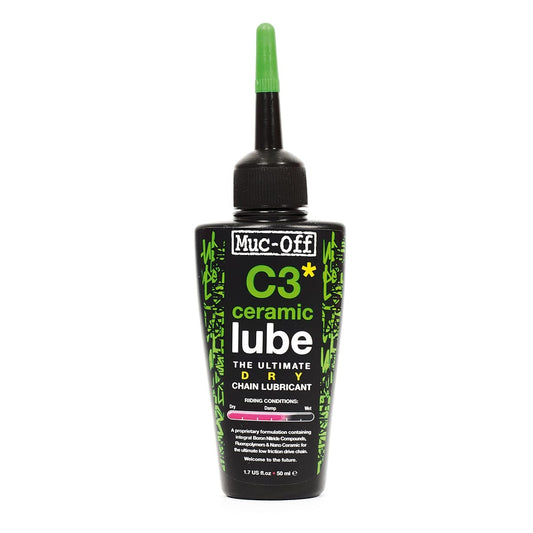
Lubricant Ceramic Dry Conditions MUC-OFF C3 DRY WEATHER (50 ml)
Regular price 11,99 €Regular priceUnit price per -
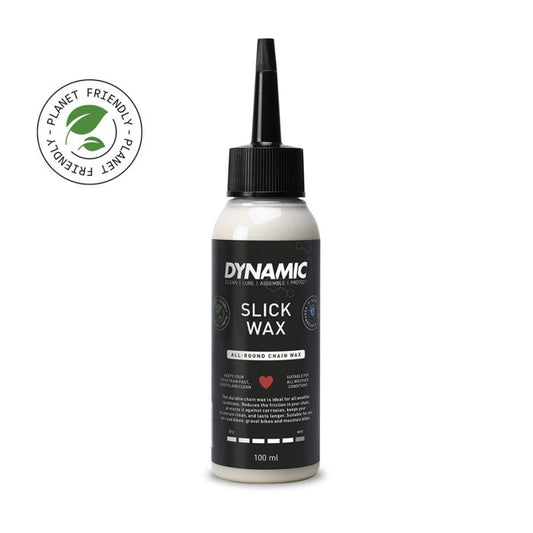
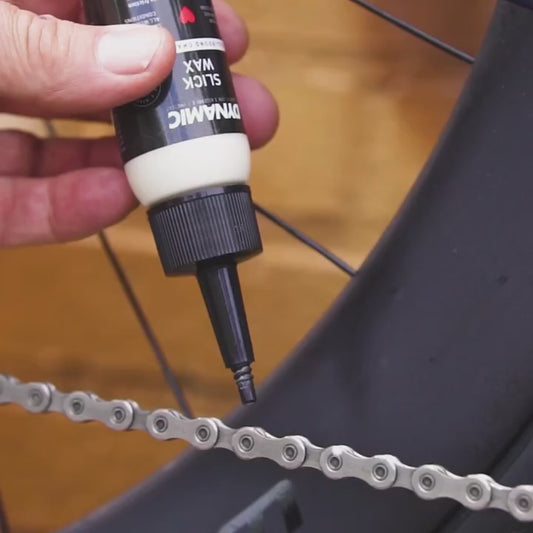
DYNAMIC SLICK WAX Chain Lubricant (100ml)
Regular price 10,99 €Regular priceUnit price per -
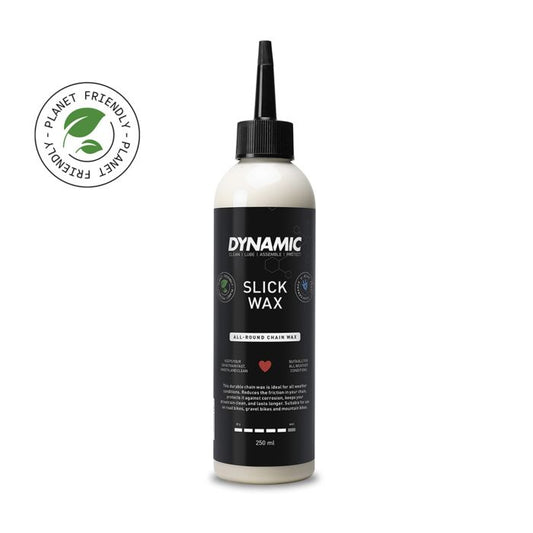

DYNAMIC SLICK WAX Chain Wax Lubricant (250ml)
Regular price 22,99 €Regular priceUnit price per -
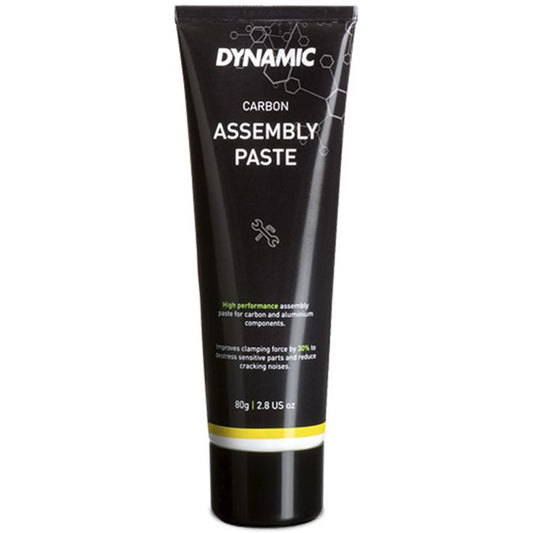
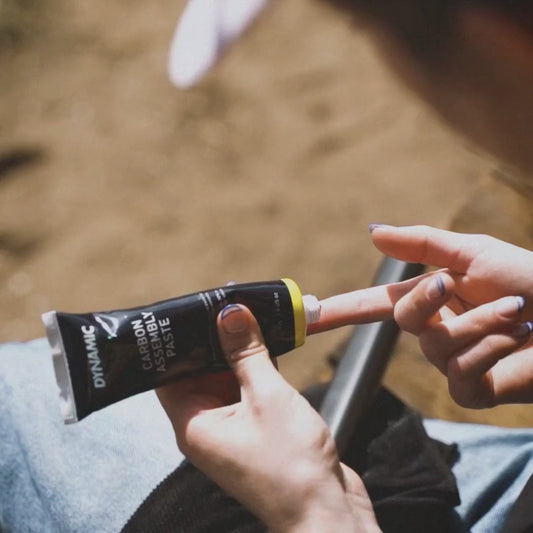
DYNAMIC Carbon Component Assembly Paste (80g)
Regular price 11,99 €Regular priceUnit price per -

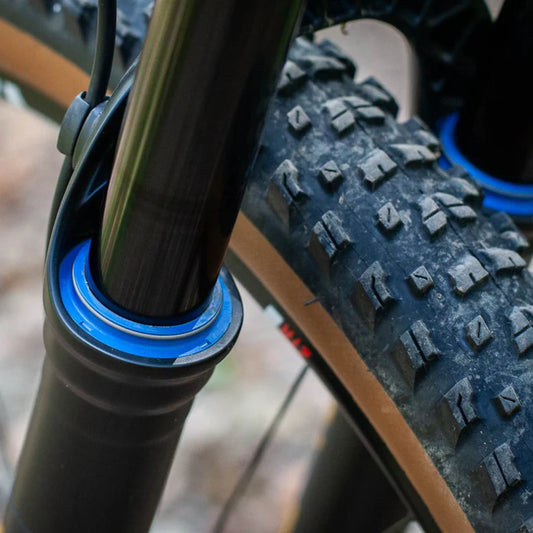
DYNAMIC FORK GREASE MTB (200ml)
Regular price 19,99 €Regular priceUnit price per -
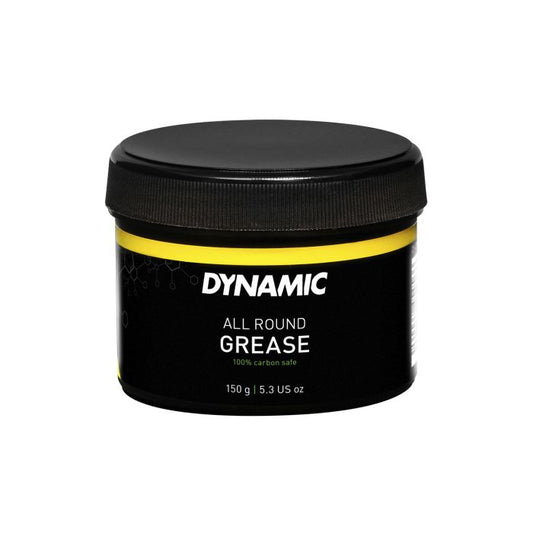
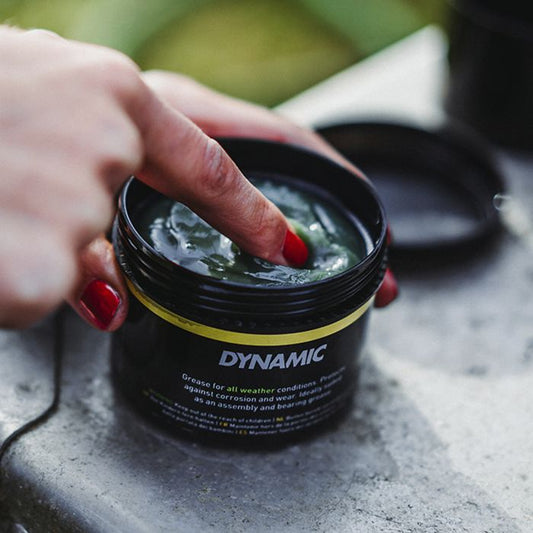
DYNAMIC ALL ROUND GREASE (200ml)
Regular price 14,99 €Regular priceUnit price per -
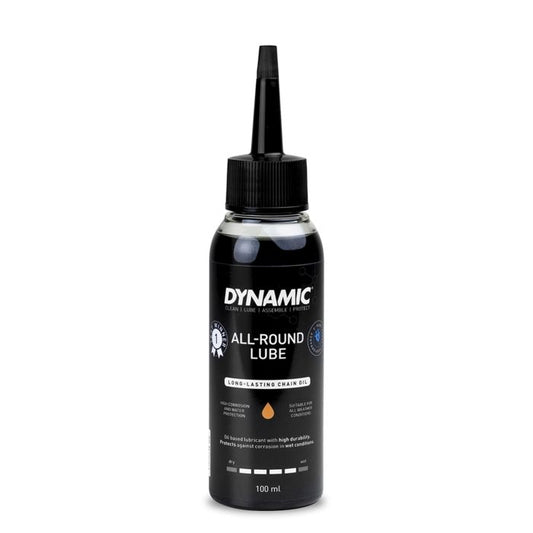
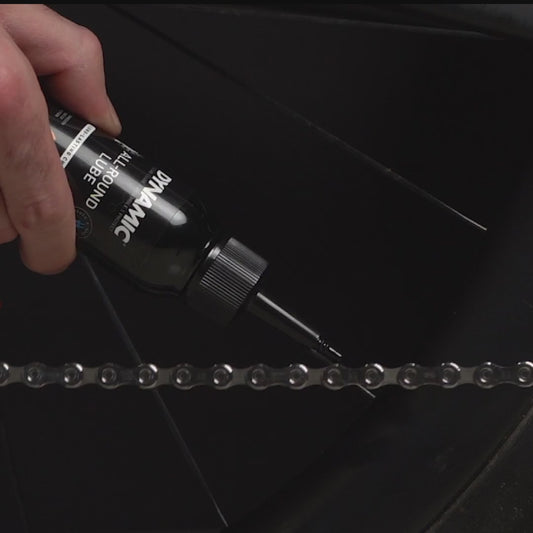
DYNAMIC ALL ROUND LUBE - All Conditions (100ml)
Regular price 9,99 €Regular priceUnit price per -
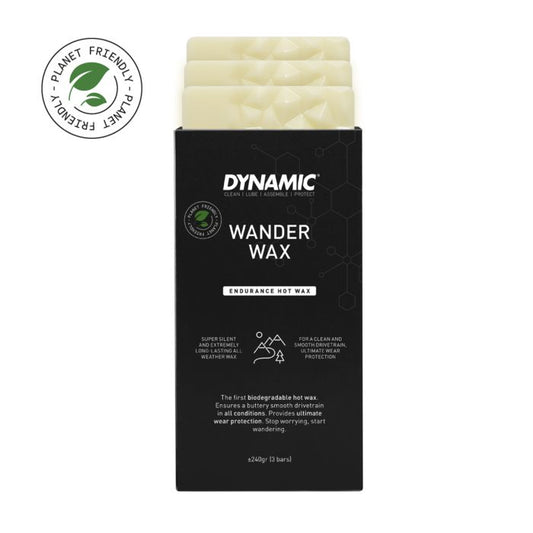

DYNAMIC WANDER WAX (240g)
Regular price 29,99 €Regular priceUnit price per
